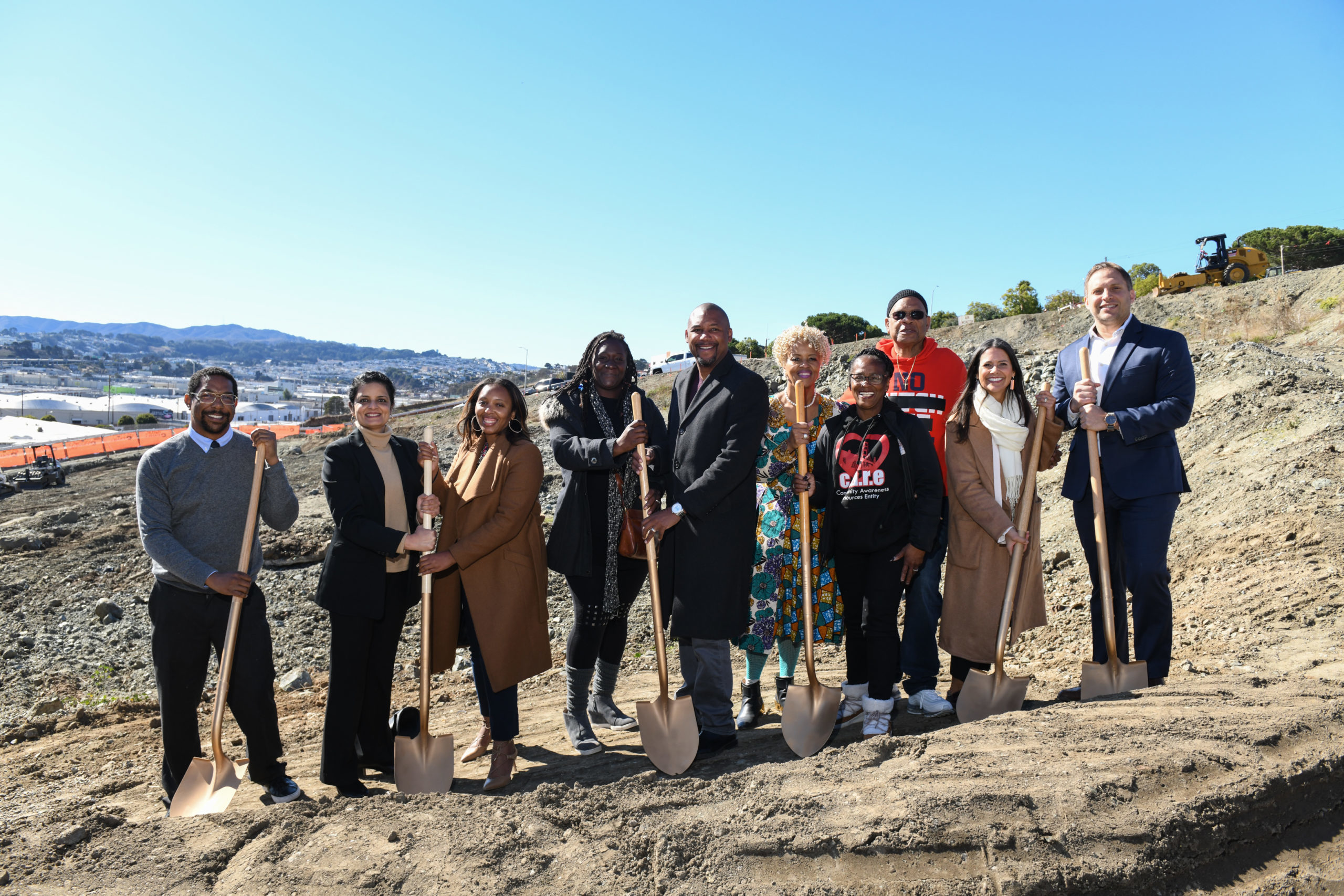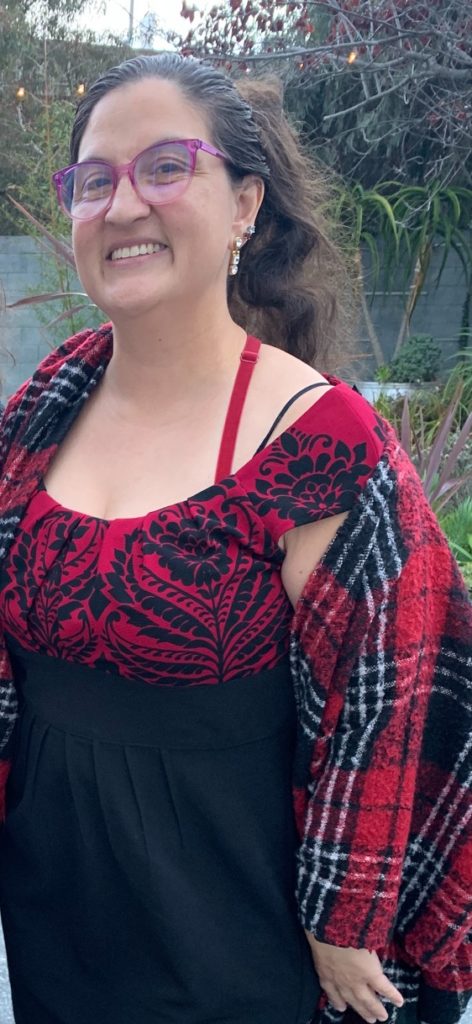Highlighting HOPE SF Resident Voice and Experience in the Potrero Hill Groundbreaking

Photo courtesy of Julio Cesar Martinez
Monica Ferrey has lived in HOPE SF’s Potrero Hill for about 20 years, and has most recently moved to one of many HOPE SF offsite housing communities. On a sunny day in November 2022, Monica joined a gathering of HOPE SF resident leaders, City partners, and representatives from the California Department of Housing and Community Development to witness the groundbreaking of Potrero Hill Block B, a 100% affordable housing development in the Potrero Hill community.

Monica Ferrey has lived in HOPE SF’s Potrero Hill for about 20 years.
Monica Ferrey has lived in HOPE SF’s Potrero Hill for about 20 years. As she listened to speeches by project funders and City leaders, Monica reflected on the years-long process of the Potrero Hill Master Plan redevelopment, and how it felt to be there from the beginning as public housing structures were gradually rebuilt into new affordable housing. While being present at the groundbreaking in November was an important milestone, it was also a point of reflection on the road to development that has been present in Potrero Hill over the last decade.
In her reflections, Monica shared that the most successful aspects of the project could be credited to trust in community and community organizing. During the early years of redevelopment, Monica joined her neighbors at community engagement meetings led by BRIDGE Housing to center HOPE SF resident experiences and needs in future development. She recalls,
“Ben Golvin was a representative for BRIDGE, and he was very community-centered in his practices. Residents were able to put in what their ideas were, what they’d like to see, and how they would like community to engage with each other.”
While centering resident voices was a positive aspect to the Potrero Hill redevelopment, the most successful and impactful spaces were organized by residents, for residents. Reflecting on organizing work over the past decade, Monica recalled the wealth of support and encouragement that came during community meetings at the Potrero Hill Neighborhood House. In her reflections she notes,
“Edward Hatter was instrumental in providing support for HOPE SF residents and families during early stages of redevelopment. Getting community engaged in early processes was heavily reliant on Edward providing spaces for community to be engaged.”
In navigating the varying challenges that arose during the process, residents gathered to support one another. They also engaged in community wellness practices. Monica shared gratitude for the Healthy Generations Project organized by residents, where families were able to gather and share meals, practice mindfulness, story time, arts and crafts and movie nights.
After reflecting on the past, Monica considered her thoughts and experiences at the Potrero Hill groundbreaking in November. She is concerned about the spatial impact of redevelopment, especially the stress experienced by families moving from a home where they have deep roots to a newly built home. She is actively advocating for community wellness during the relocation process and “making sure the community is feeling connected and not feeling segregated.” Monica shared her relief in knowing the hazards faced by living in neglected housing are mitigated by getting to a more physically healthy environment without lead exposure, mold, or pests.
As the Potrero Hill revitalization process continues, Monica strongly recommended that trust in community and community-centered engagement be sustained. She advocates that,
“really listening and being mindful in cultivating community, while having tools and resources available to reduce trauma that occurs from this process is essential.”
While the groundbreaking in November offered a point of reflection for Monica, it also marked a new phase of the Potrero Hill community, with construction planned for a new childcare facility and upcoming amenities to serve HOPE SF families. HOPE SF will continue to center resident voices and experiences while developing a place where existing communities thrive.

